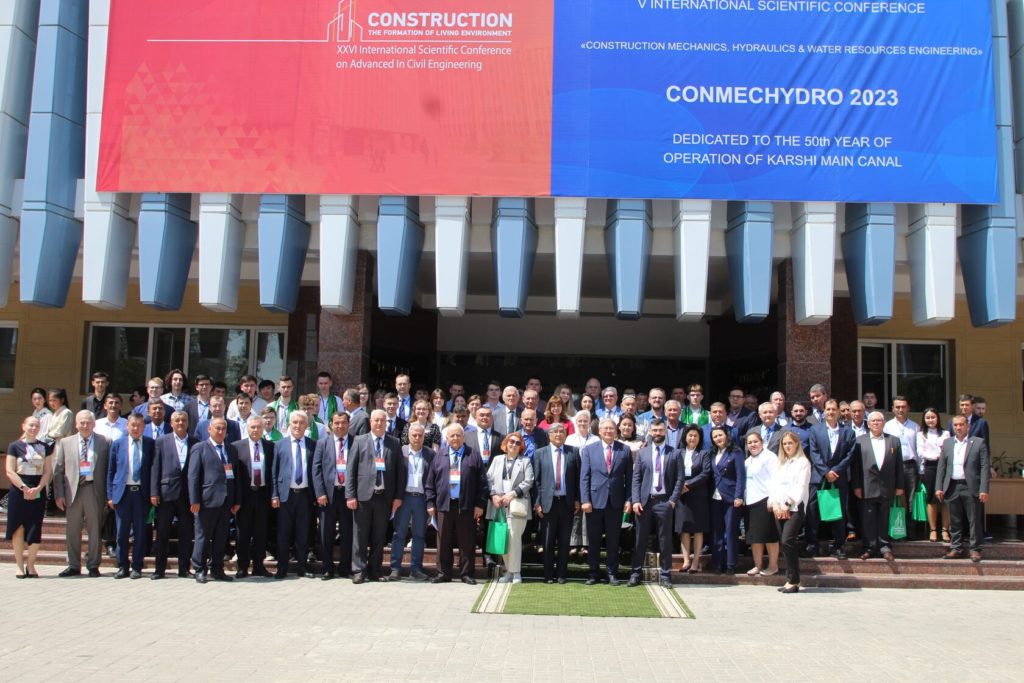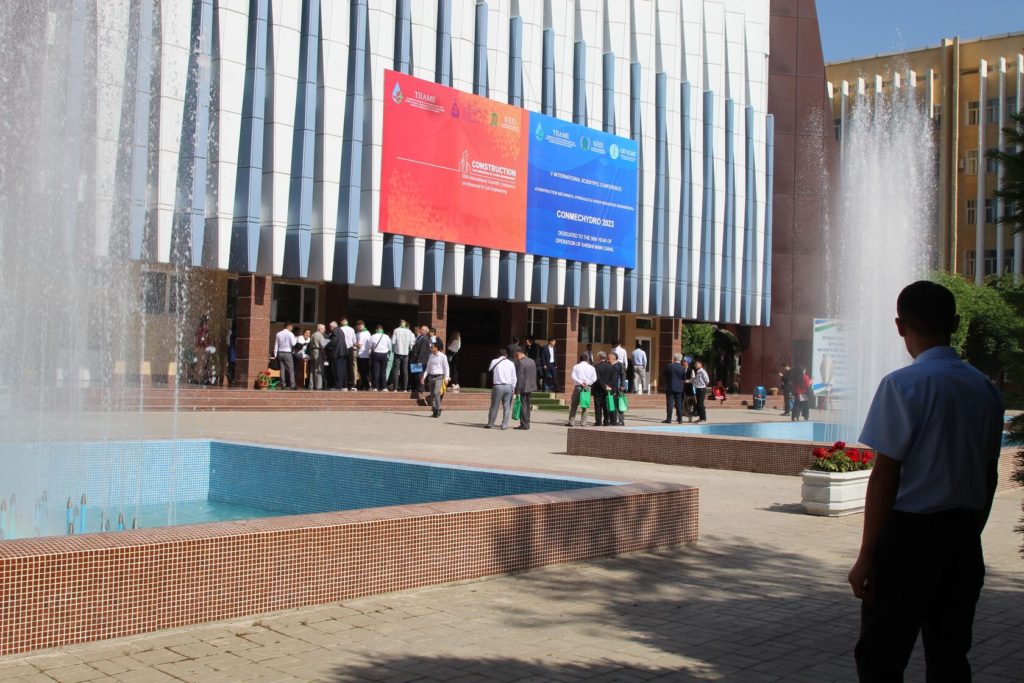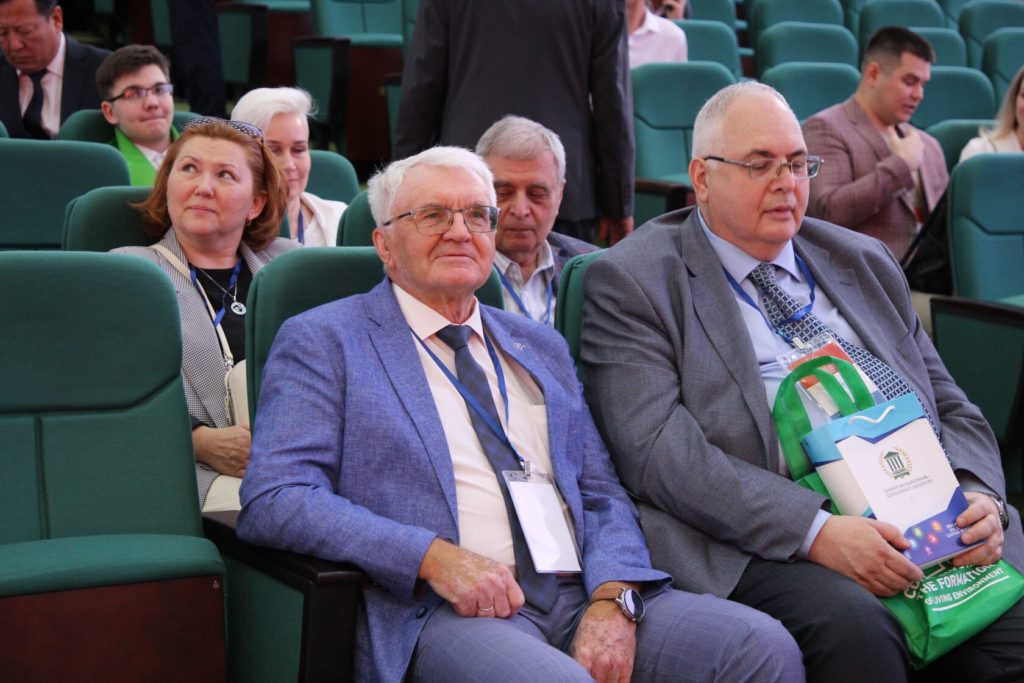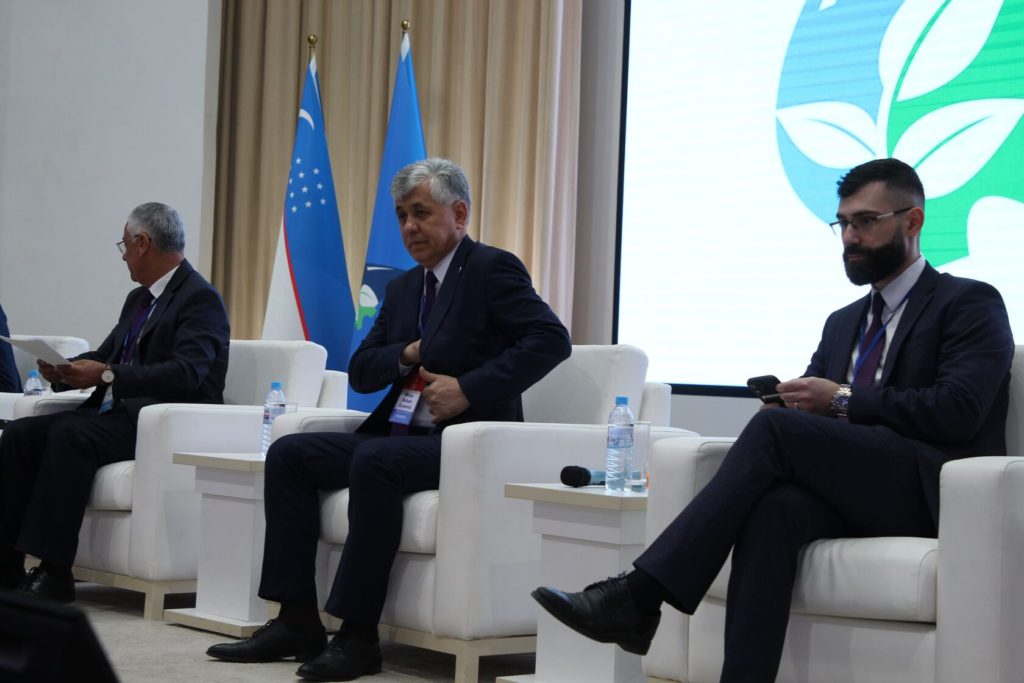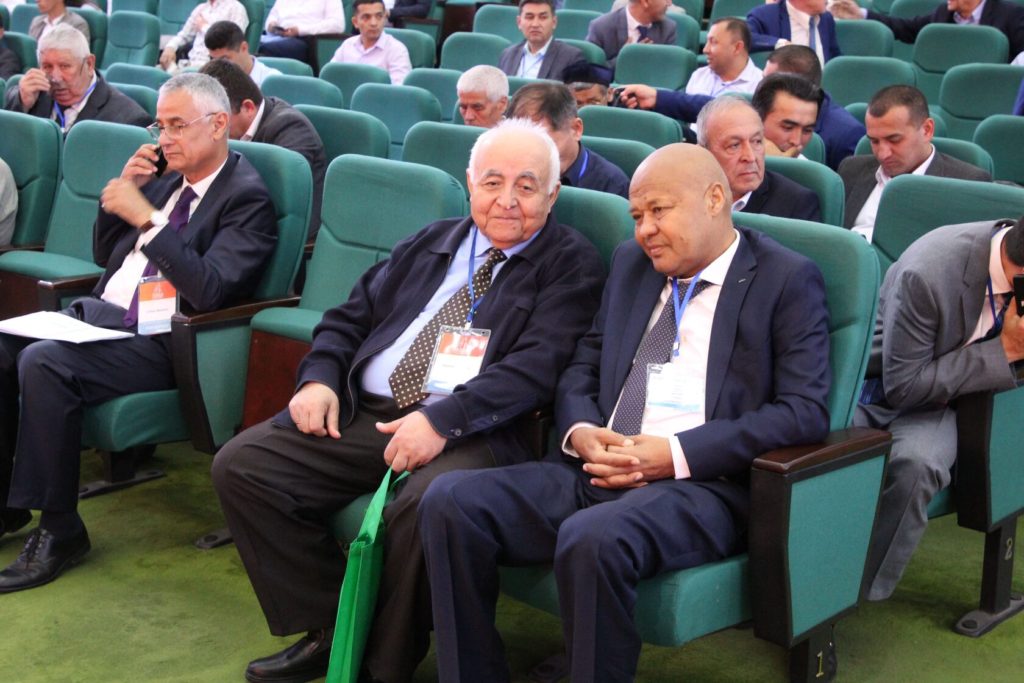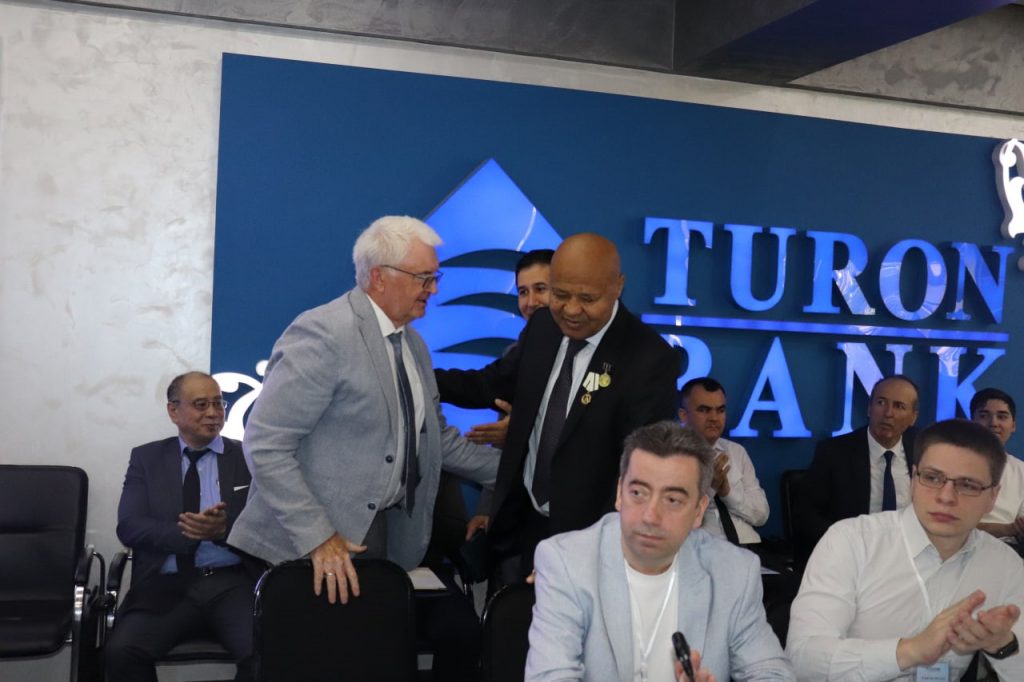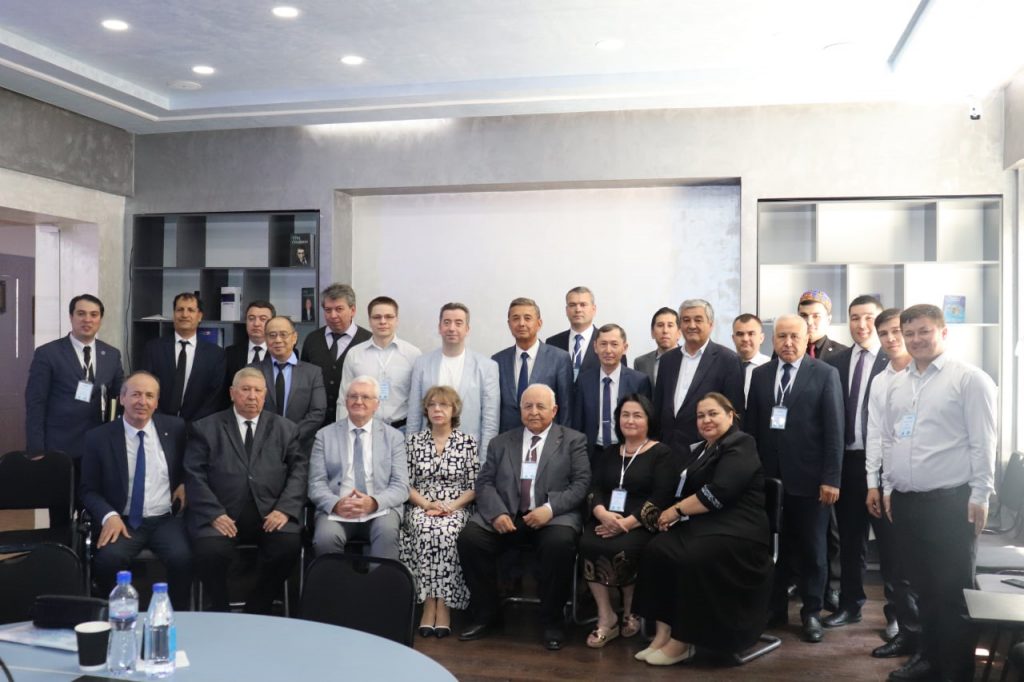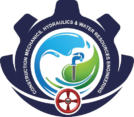VII International Scientific Conference
Construction Mechanics, Hydraulics & Water Resources Engineering
CONMECHYDRO 2025
OCTOBER 16-17, 2025, TASHKENT, UZBEKISTAN
ORGANIZERS

NATIONAL RESEARCH UNIVERSITY
(UZBEKISTAN)


(RUSSIA)
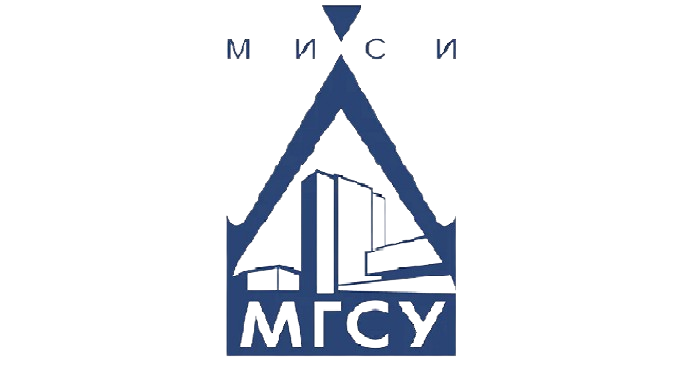
«MSUCE»
NATIONAL RESEARCH UNIVERSITY
(RUSSIA)

(AZERBAIJAN)
CONMECHYDRO 2025
Construction Mechanics, Hydraulics and Water Resources Engineering
OCTOBER 16-17, 2025
€ 220 Includes: Presentation of scientific research results; admission to all conference sessions and workshops; on-line access to Proceedings.
ABOUT THE CONFERENCE
The aim of the conference is the modernization and innovative development of agriculture and water management, hydropower and construction, the preservation of the continuity of scientific schools in these industries, the formation of a new level of training of professional cadres, the development of international cooperation, as well as the implementation of the scientific and educational interests of researchers, experts, professors and teachers – the widest range of interested professional community representatives of the Republic of Uzbekistan and other countries.
Within the framework of the conference, open and meaningful discussions are planned on issues of theory and practice in the field of physics, construction materials, reliability and safety of construction, engineering and smart systems in construction, modeling and mechanics of building structures, management in construction, hydraulic engineering and melioration, mechanization, electrification agriculture and renewable energy. New ideas and approaches to solving problems existing in these areas of science and technology will be proposed.
The language of the Conference is English.
Participation format:
Participants can to make their report in two formats: an oral presentation on the days of the conference (including online presentation) or recording a video presentation.
- Presentation template
- Guide for video presentation
- Guide for online presentation
Topics
Ecology, Hydropower Engineering, and Modeling of Physical Processes
• Ecological Impacts of Hydropower Projects
• Advancements in Hydropower Technology and Sustainability
• Modeling Physical Processes in Hydropower Systems
• Mitigating Environmental Effects Through Improved Modeling Techniques
Hydraulics of Structures, Hydraulic Engineering, and Land Reclamation Construction
• Innovative Hydraulic Engineering Solutions for Water Management
• Advanced Techniques in Hydraulics of Civil Structures
• Land Reclamation: Methods, Challenges, and Future Directions
• Impact of Hydraulic Engineering on Ecosystem Restoration
Road Construction, Building Structures, and Materials
• Recent Innovations in Road Construction Technologies
• Sustainable Practices in Building Structures and Materials
• Smart Materials and Their Applications in Construction
• Durability and Performance of Modern Building Materials
Engineering Materials Science, Intelligent Transport Systems, and Transport Logistics
• Breakthroughs in Engineering Materials for Infrastructure Development
• Intelligent Transport Systems: Enhancing Efficiency and Safety
• Advanced Materials for Transport Logistics and Efficiency
• Integration of Intelligent Systems in Modern Transportation
Mechanization, Electrification of Agriculture, and Renewable Energy Sources
• Technological Innovations in Agricultural Mechanization
• Electrification of Agriculture: Benefits and Challenges
• Renewable Energy Sources for Agricultural Applications
• Sustainable Energy Solutions for Modern Farming
Submit paper
All accepted submission will be published in journal indexed by: Scopus (Elsevier).
One person can be an author or a co-author in maximum two papers.
The number of pages for each paper – not less than 10, no more than 12.
The maximum amount of co-authors in one article – no more than 6.
Please use the IMRAD model for structuring your work. The following parts of the article are mandatory:
Title
It must include no more than seven words (excluding prepositions, conjunctions and articles).
The title should not contain verbs.
The title should not include such words as analysis, research, study, to the question, new, problems, questions, some, features, special, from the point of view, application, search, definition, modern, current, solution, best, most / least profitable, optimum, most etc.
Abstract
The abstract should be the presentation of the article without itself.
Abstract should have the same structure as the article and include problem urgency; purpose; methods; results; conclusions.
Abstract should be of 200-250 words.
Keywords
From 5 to 10 words or word combinations.
Introduction
This part should include the objectives of the work and its background. It should be based on the literature review. In the literature review you should show the competence in your area and its main authors and works. In the same time, you should not cite all possible references but only those that are strictly connected with your topic. The recommended quantity of references is 5-10.
Methods
This part should provide details of the experimental setup and the methods used for obtaining the results.
Results
This part should clearly and concisely present the data using figures and tables where appropriate.
Discussion
This part should describe the relationships and generalizations shown by the results and discuss the significance of the results making comparisons with previously published work.
Conclusions
Here the list of main conclusions is given. It should not repeat the results, but the generalization is intended.
Acknowledgements
The personal acknowledgements and also the information about funding is given here.
References
It is important to remember that the list of references is one of the most important parts of the article. You should show the competence in your area and its main authors and works. In the same time, you should not cite all possible references but only those that are strictly connected with your topic.
The recommended quantity of references is 20.
The cited papers should be relatively recent, actual and easy of access. It is advisable that the papers are accessible through Internet.
You should cite publications in the text with number in the list enclosed in square brackets. A list of references in the order of mention should be supplied.
Author Instructions
Submission for review
All submissions must be written in English using AIP Conference Proceeding templates adhering to the AIP Guidelines(link) to prepare your manuscript.
In order to ensure double blind review process is practiced, authors are requested make their identity undiscoverable when preparing the manuscript for submission to review. In this regard, please omit authors’ names and affiliations from your title page (or list them as “omitted for submission”), and when you cite your own work, refer to it in the third person. Also, be sure not to include any acknowledgments that would disclose your identity.
Camera-ready submission
Once the submitted manuscript is accepted for presentation and publication, authors are required to submit revised versions of their papers according to the reviewer’s remarks.
Authors are required add any information or parts which was removed during initial submission for review such as author information and acknowledgment if any.
Authors are required to submit full paper in MS-Word (docx./doc.) format prepared in accordance with the AIP Conference Proceedings Template.
Important dates
OCTOBER 16-17, 2025
20/09/2025
Full paper
Submission Date
25/09/2025
Registration
Deadline
05/10/2025
Last day for fee
payment
16-17/10/2025
Conference Date
| 23-25 April 2020 IOP Conference Series: Materials Science and Engineering (MSE)(Volume 883) | 1-3 April 2021 E3S Web of Conferences (Volume 264) |
| 7-9 September 2021 AIP Conference Proceedings (Volume 2612) | 22-24 August 2022 E3S Web of Conferences (Volume 365) |
| 26-28 April 2023 E3S Web of Conferences (Volume 401) | 25-27 April 2024 AIP Conference Proceedings (Volume 3286) |
CONFERENCE CO-CHAIRMEN

DSc, Professor, Rector of «Tashkent Institute of Irrigation and Agricultural Mechanization Engineers» National Research University
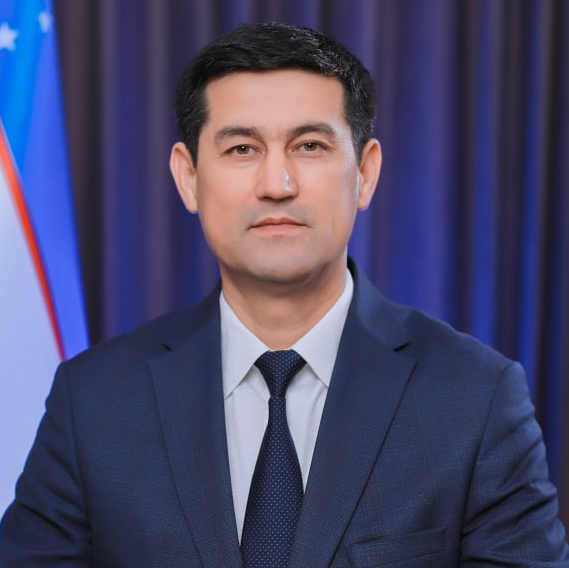
DSc, Professor, Rector of Karshi State Technical University
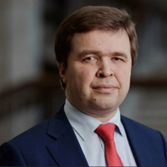
DSc, Professor, Academician of RAACS, Rector of Moscow State University of Civil Engineering
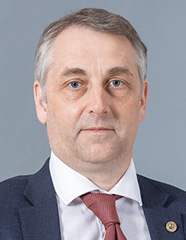
DSc, Professor, First vice-rector, Peter the Great St. Petersburg Polytechnic University
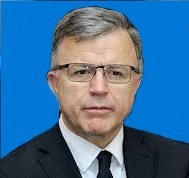
Prof. DSc, President of Western Caspian University
INTERNATIONAL SCIENTIFIC COMMITTEE
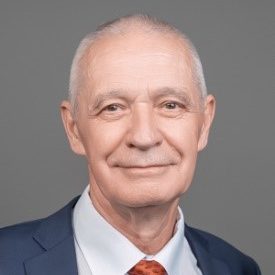
DSc, Professor, Director – Scientific and technological complex «Digital engineering in civil engineering», Peter the Great St. Petersburg Polytechnic University vatin@mail.ru
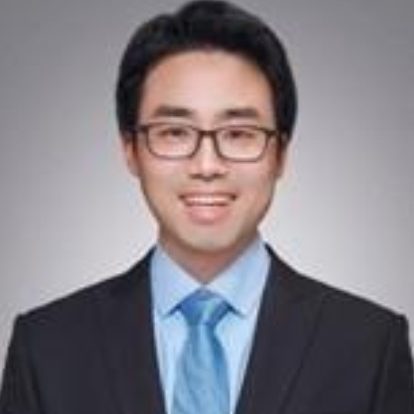
Professor Tongji University
12yukequan@tongji.edu.cn
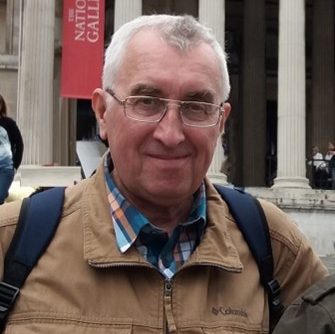
DSc, Professor, Professor of the Department of Robotics, Mechatronics, Dynamics and Strength of Machines, National Research University «Moscow Energy Institute», Russia
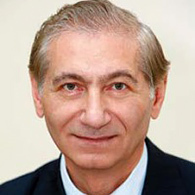
DSc, Professor, Corresponding Member of RAACS, Academician of the Russian Engineering Academy, Head of Department of Reinforced Concrete and Stone Structures, Moscow State University of Civil Engineering TamrazyanAG@mgsu.ru
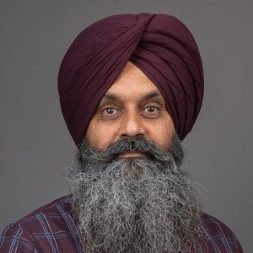
PhD, Associate Professor National Institute of Technology Hamirpur
amarjit@nith.ac.in
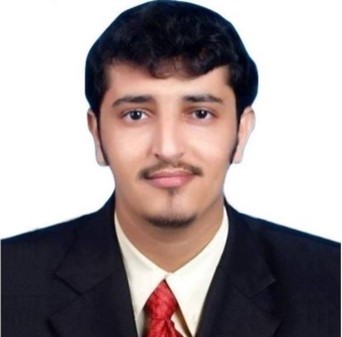
DSc, Professor Prince Sattam Bin Abdulaziz University
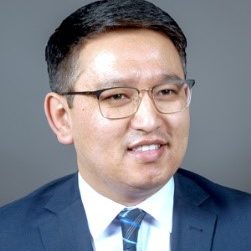
PhD, Associate Professor Higher School of Advanced Digital Technologies, Peter the Great St. Petersburg Polytechnic University
moldam_zh@spbstu.ru
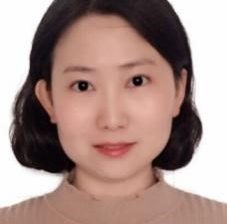
JSPS researcher, Tohoku University
dingyao@cqu.edu.cn
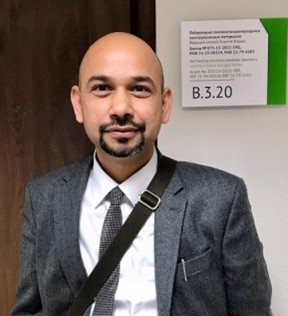
PhD, Associate Professor Higher School of Advanced Digital Technologies, Peter the Great St. Petersburg Polytechnic University
diksit_s@spbstu.ru
KEY SPEAKERS
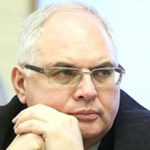
Doctor of technical sciences, professor Moscow State
University of Civil Engineering
Russia
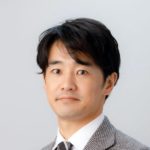
Project Professor, Institute for Future Initiatives, the
University of Tokyo, Tokyo, Japan

Wageningen University and Research (WUR), Head of the Environmental Systems Analysis group, Professor, Dr., 2007 Nobel Prize Winner, The Netherlands
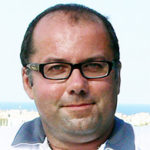
PhD, Assistant Professor
Wroclaw University of Science
and Technology, Faculty of Civil Engineering, Poland
ORGANISING COMMITTEE

DSc, vice-rector for scientific activities, innovation, technological entrepreneurship, Moscow State University of Civil Engineering
gic-mgsu@mail.ru
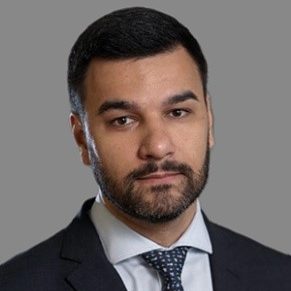
PhD, Ass. prof., vice-rector for research, Peter the Great St.Petersburg Polytechnic University vicerector.int@spbstu.ru
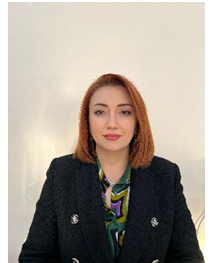
Associate Professor, PhD, Dean of the High Technologies and Innovative Engineering Faculty, Western Caspian University
naila.quliyeva@wcu.edu.az

Country Representative, Uzbekistan & Regional Representative, Central Asia
vicerector.int@dku.kz

D.Sc., professor, head of department of Pumping stations & HPP, “Tashkent Institute of Irrigation and Agricultural Mechanization Engineers” National Research University

D.Sc., professor, head of department of Hydraulics and Engineering Structures Construction, Karshi State Technical University
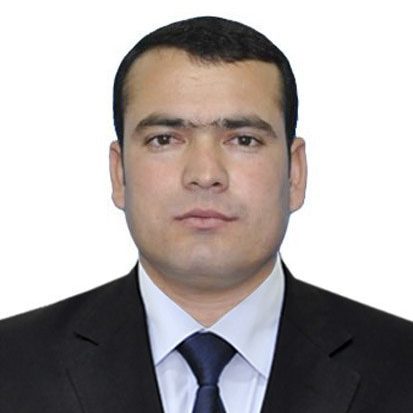
Associate Professor, PhD, dean faculty of Hydrotechnical construction, “Tashkent Institute of Irrigation and Agricultural Mechanization Engineers” National Research University
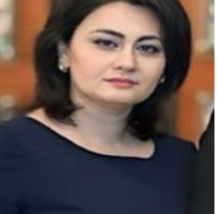
| Associate Professor, PhD, Head of the Science and Innovation Department, Western Caspian University |

| PhD., Peter the Great St. Petersburg Polytechnic University |

PhD., Peter the Great St. Petersburg Polytechnic University
Proceedings will be submitted for evaluation for indexing by:






